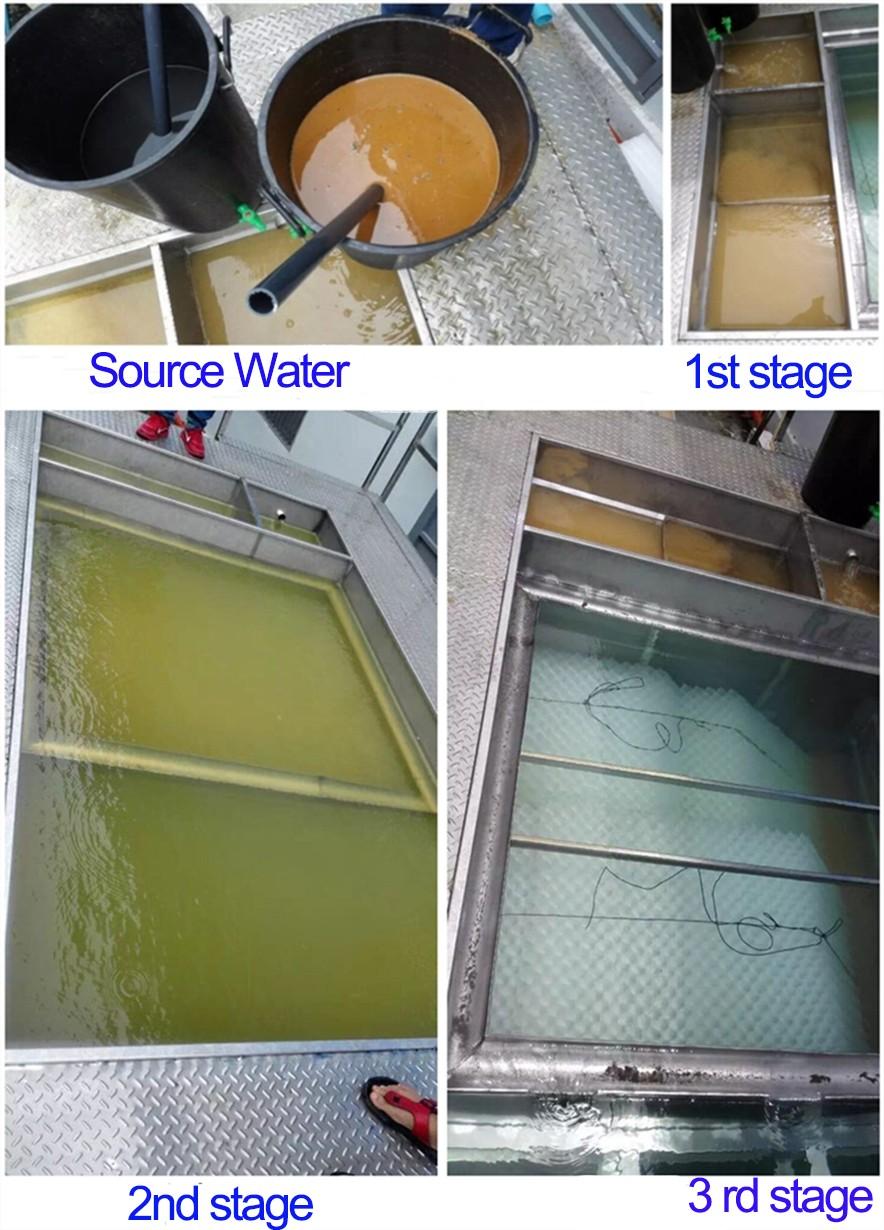Congratulations on the Successful Development of Boron-removal Water Treatment
1. Knowledge background of boron water treatment
1.1 What is boron?
In nature, boron is usually present in the form of boric acid, borate or borosilicate minerals. The application of boron is extremely extensive. The industry mainly uses boron compounds to make insulating glass fiber materials, borosilicate glass and detergents , or as a "coolant" for nuclear reactors, that is, during the operation of pressurized water reactor nuclear power plants. The reactivity is controlled by adding boric acid to the reactor, and a large amount of boric acid solution is also injected into the core during refueling or overhaul to ensure safety. The main component of boron-containing wastewater is borate and contains a small amount of sodium nitrate and sodium phosphate.
1.2 The harm of boron pollution
People consume 1-3 mg of boron per day from food and drinking water. Boron is also a necessary trace element for plant growth, but excessive intake of boron or excessive boron in irrigation water can cause harm to humans and crops. The World Health Organization (WHO) tests that adult intake of boron should not exceed 0.16 μg/g per day. Excessive boron intake can cause nausea, headache, diarrhea, liver damage and even death. Plant boron poisoning can cause leaves to yellow and fall off, eventually leading to a decrease in photosynthesis ability and a decrease in yield. Therefore, it is extremely necessary to remove boron from water sources and wastewater.
1.3 Boron related environmental standards
The World Health Organization did not list boron as a toxic substance in the drinking water standards of 1958, 1963 and 1971, and it was not until 1993 that the boron in drinking water was first proposed as a temporary limiting indicator of 0.3 mg/L. It is specified as 0.5mg/L and is still 0.5mg/L after revision in 2010. Many countries and organizations have also developed corresponding standards, such as the European Union's 1998 regulations for boron in drinking water to 1.0 mg / L.
In summary, with the development of the boron industry and the increasing emphasis on boron pollution in water, the removal of boron in water has attracted more and more attention. Various boron removal methods have become one of the research hotspots.
1.4 Overview of Chile's boron removal water treatment equipment
Located in southwestern South America, Chile is rich in mineral resources, forest resources and fishery resources. It is the country with the most abundant copper resources in the world. Among the water resources in Chile, the boron content is far higher than the international standard. Some surface waters are as high as 10-20ppm, while the Chinese national drinking water standard GB5749-2006 requires no more than 0.5ppm. In agricultural irrigation, the requirement is 1- 1.4ppm. The national standard for drinking water and agricultural irrigation water in Chile must not exceed 0.75ppm.
Based on the water quality of Chile and the national requirements of intelligence, our company has successfully developed a targeted water treatment equipment for removing toxicological indicators such as boron, using chemical precipitation, adsorption, ion exchange, and Membrane treatment process, and the balance of cost and removal rate, the removal rate of boron is as high as 99%, through the confirmation of technical process, and then through the small test and the pilot test, the customer's trust is finally obtained and the order is successfully placed.
